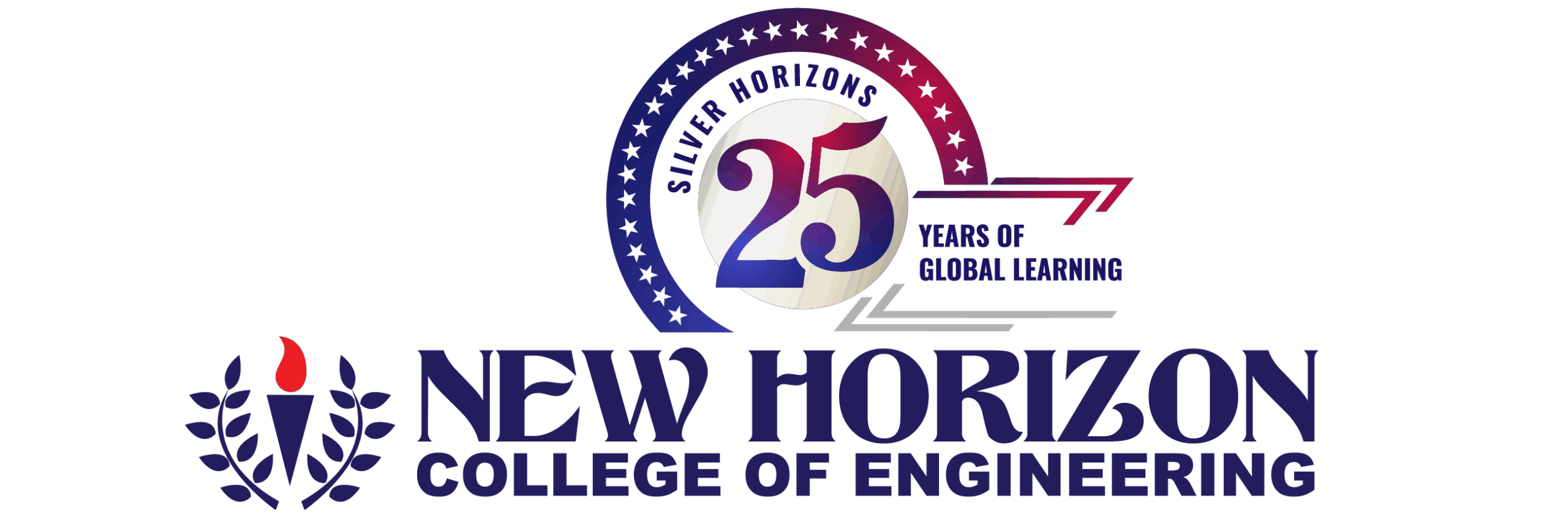PEO / PO / PSO
PROGRAM EDUCATIONAL OBJECTIVES (PEOs)
PEO1
Develop proficiency as a Data Scientist with an ability to solve a wide range of computational problems in industry, government, or other work environments.
PEO2
Attain the ability to adapt quickly to new environments and technologies, assimilate new information, and work in multi-disciplinary areas with a strong focus on innovation and entrepreneurship.
PEO3
Possess the ability to think logically and the capacity to understand technical problems with computational systems.
PEO4
Possess the ability to collaborate as team members and team leaders to facilitate cutting-edge technical solutions for computing systems and thereby providing improved functionality.
PROGRAM SPECIFIC OUTCOMES (PSOs)
PSO1
Apply data analysis techniques, algorithmic expertise, and advanced modelling to effectively solve complex problems across various domains demonstrating their capacity to derive insights and propose innovative solutions in the realm of data-driven technologies.
PSO2
Collaborate proficiently with experts from diverse fields and actively engage in continuous professional growth in the domain of Computer Science and Engineering, specializing in the field of Data Science.
PROGRAM OUTCOMES (POs)
PO1 Engineering Knowledge
Apply knowledge of mathematics, science, engineering fundamentals and an engineering specialization to the solution of complex Computer Science and Data Science engineering problems.
PO2 Problem Analysis
Identify, formulate, review research literature and analyze complex Computer Science and Data Science engineering problems reaching substantiated conclusions using first principles of mathematics, natural sciences and engineering sciences.
PO3 Design / Development of Solutions
Design solutions for complex Computer Science and Data Science engineering problems and design system components or processes that meet specified needs with appropriate consideration for public health and safety, cultural, societal and environmental considerations.
PO4 Conduct Investigations of Complex Problems
Use research-based knowledge and research methods including design of experiments, analysis and interpretation of data and synthesis of the information to provide valid conclusions.
PO5 Modern tool usage
Create, select and apply appropriate techniques, resources, and modern engineering and IT tools including prediction and modelling to complex Computer Science and Data Science engineering activities with an understanding of the limitations.
PO6 The engineer and society
Apply reasoning informed by the contextual knowledge to assess societal, health, safety, legal and cultural issues and the consequent responsibilities relevant to the professional engineering practice in Computer Science and Data Science Engineering.
PO7 Environment and sustainability
Understand the impact of the professional engineering solutions in Computer Science and Data Science engineering in societal and environmental contexts, and demonstrate the knowledge of, and need for sustainable development.
PO8 Ethics
Apply ethical principles and commit to professional ethics and responsibilities and norms of the engineering practice.
PO9 Individual and Team Work
Function effectively as an individual and as a member or leader to diverse teams, and in multidisciplinary settings.
PO10 Communication
Communicate effectively on complex Computer Science and Data Science engineering activities with the engineering community and with society at large, such as, being able to comprehend and write effective report and design documentation, make effective presentations, and give and receive clear instructions.
PO11 Project Management and Finance:
Demonstrate knowledge and understanding of the engineering and management principles and apply these to one’s own work, as a member and leader in a team, to manage projects and in multidisciplinary environments.
PO12 Life-Long Learning
Recognize the need for, and have the preparation and ability to engage in independent and life-long learning in the broadest context of technological change
